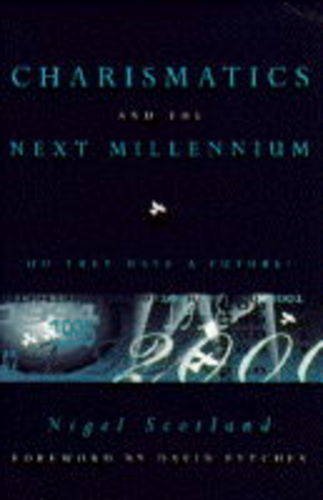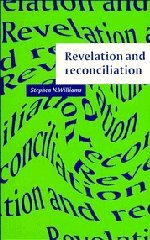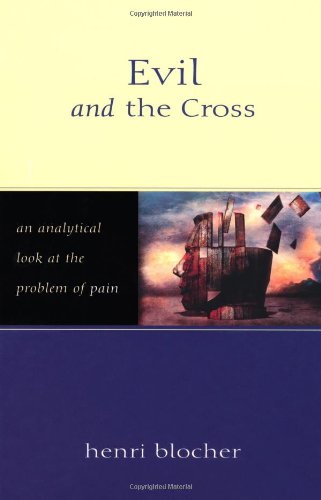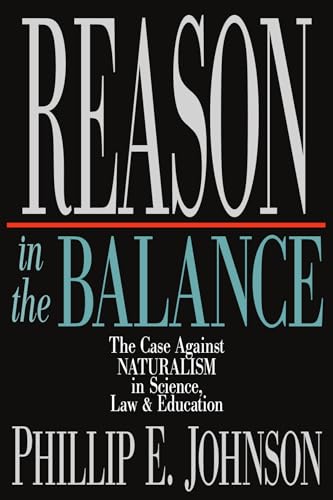The Toronto Blessing—or is it?
Written by S.E. Porter and P.J. Richter (ed.) Reviewed By R. N. CarwellWritten by five specialists, this sets out to be—and nearly succeeds in being—a comprehensive review of The Blessing. They are an ordained sociologist, two professors of theology (one a specialist on revival movements), an ordained GP psychiatrist, and finally a professional musician with a special interest in modern church worship.
Here we can only give highlights. Chapter 1 challenges readers to weigh ideas carefully, like the Bereans. It has chilling remarks: ‘Many charismatic churches seemed to have seized the Blessing as a means of retaining their customers’, when the Renewal was looking very tired. Will even our Christian consumer society discard the Blessing for the next ‘latest thing’? An unashamed pragmatic attitude is there—‘If it works, trust it!’ Thought-provoking comments, but are they true? Even generally true?
In Chapter 2. Professor Porter examines the biblical foundations of the Blessing. It will not do for the supporters to provide a few proof-texts, nor question the maturity of those who differ. Admittedly, the basics are orthodox, but what about the specifics, e.g. the quasi-drunkenness. the roaring, etc? He concludes that a firm scriptural basis is lacking.
Next, the psychology of the movement is examined in the light of the end-of-century crisis, the ‘rave phenomenon’ and the suggestibility of needy people. Do repeated experiences of ‘ministry’ exclude other forms of spiritual growth? Are they a ‘quick fix’? Why are some disappointed if they do not ‘fall’? Is all this escaping from problems or solving them?
Moving on, we find historian John Kent disliking the current idea that the eighteenth-century revivalists counteracted ‘Enlightenment rationalism’. He doubts whether their influence was so far-reaching. The churches opposed this philosophy because it diminished their direct political influence. The Protestant churches prospered rather because infallible authority had been challenged by the emerging sciences. When he comes to the Toronto blessing and its supposed parallels in eighteenth-century experience, Kent wonders whether like is being compared with like. He includes a lengthy account of the case of Elizabeth Downs, but omits Wesley’s mature remarks on manifestations which one would expect a Methodist historian to include. His comparison of eighteenth-century popular preaching with the popularity of today’s National Lottery will raise some eyebrows, and inevitably his chapter will be compared and contrasted with the other four.
The fifth chapter deals with Toronto worship. Is there the promised balance of Word and Spirit? Is Christ central, or is the Blessing central? Do the songs engage both mind and heart? Is the ‘feel-good’ factor predominant, or worship of Almighty God? Wendy Porter says the worship betrays where the real focus of the movement is. Where have substantial Bible reading and Bible teaching gone? Is this Blessing a passing phenomenon? Married to modernity today means you could be a widow tomorrow!
The writers do not completely deny that ‘Toronto’ has brought blessing. It’s the admixture that concerns them. Should the admixture spoil things completely for us? Perhaps not. The counterfeit does not mean that all stones are unreal. On the other hand, leaders may unwrittingly be storing up problems for the future by not exercising discernment. ‘Catchers’ may again be needed, this time to pick up the pieces!
R. N. Carwell
Holywood. N. Ireland







